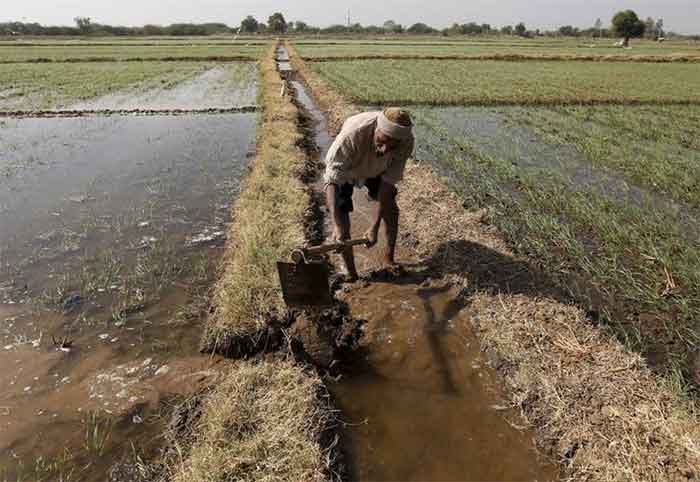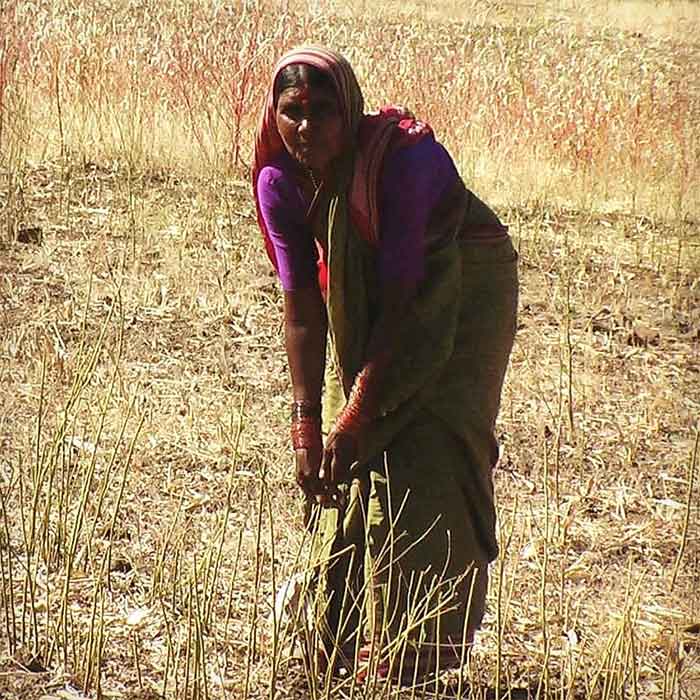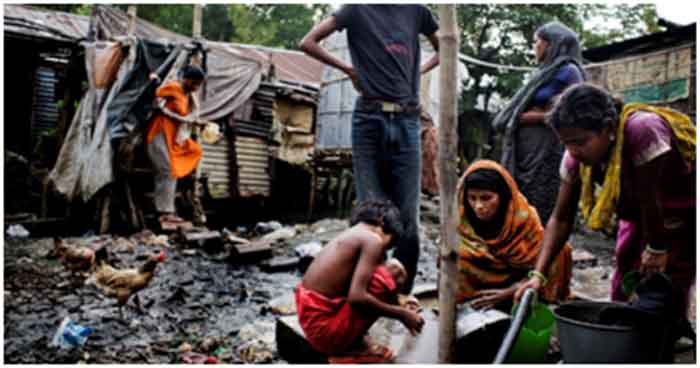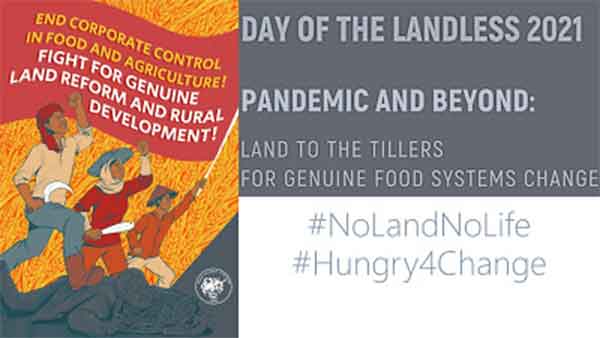
One message of Mahatma Gandhi which has remained of enduring significance for policy makers as well as for social activists is that whenever faced with doubt and uncertainty, keep in mind the concerns of the poorest and the weakest sections and this will enable you best to resolve the doubt. In fact this is also the point on which the message of Mahatma Gandhi and Shahid Bhagat Singh is exactly the same.
So when we discuss the concerns of rural India, we can never forget the concerns and needs of roughly the bottom half of the rural population who are landless. These sections are generally the poorest, although there may be very few exceptions here and there.
In several contexts their conditions are deteriorating. Several of them had a little land earlier which they do not have now. Earlier there were ongoing programs to make available some cultivation land to even the poorest which have stopped now. Earlier in many villages the opportunities for farm work were much higher which have declined greatly due to mechanization and use of herbicides. In particular the loss of harvesting season work opportunities has been a big blow to food security of these households as several of them they were paid in the form of a share of harvested crop , and despite exploitation in some forms of work, at least this contributed to food security of the landless to some extent as even they could store at least a few months’ food-grains. More recently in Covid times opportunities of migrant work have also declined.
A ray of hope appeared in the form of rural employment guarantee law or MGNREGA. While this is open to all, poorest landless households are expected to benefit more from this. I have seen from close quarters how helpful this can be when implemented properly. But unfortunately, conditions of proper implementation and prompt payment are available in only a relatively small part of the country.
Public distribution system is also helpful for meeting the essential food needs but the various limitations and irregularities of this system should be kept in mind while evaluating its contribution. When this scheme is functioning well, even then only about 12 days food grain needs in a month may be met by the highly subsidized component of this scheme, and in conditions of inflation of open market prices of a wide range of essential food items, the overall relief in meeting essential food needs may be quite less.
In such conditions it may well be asked to what extent the most widely discussed demand for increase in minimum support price (MSP) in present conditions will be useful for the poorest sections in rural as well as urban areas.
The demand for MSP is not directly useful for the landless ( about 50 per cent ) and for those sections of rural India who may have a little land but have hardly any marketable surplus or else cannot benefit from MSP due to other reasons ( perhaps another 15 per cent of the rural population). In urban areas also nearly two-thirds of the population will suffer if food becomes much more expensive. Hence for about two-thirds of the population of India, the poorest in rural and urban areas, getting staple food at reasonable price is more of a concern than MSP.
The present farming conditions are very high-cost conditions as the dependence on external inputs like chemical fertilizers, pesticides, herbicides ( not to mention diesel) etc. is very high at present, as well as on market-purchased expensive seeds often linked to these inputs. Without reducing excessive external inputs, if the price is to be fixed much in excess of these and other costs ( including family labour and land rentals) then of course food price will be very high, and as the capacity of subsidization is also limited, this will lead ultimately to higher price for staple food, which will be harmful for the food security of the bottom two-thirds of the rural as well as urban population.
Hence the way out is to first reduce farm costs by reducing dependence of farming on external expensive inputs ( which, with accompanying desirable changes, can also make farming more resilient, self-reliant, ecologically protective and sustainable). Having first reduced costs significantly and found other means of getting good yields, then it becomes possible to assure a good return to farmers while keeping overall food price at low levels. In this way farmers also benefit and the rural landless and the urban poor also benefit as healthier food at reasonable price is better ensured to all.
If in addition this is combined with finding at least some land for the rural landless, If MGNREGA implementation can be improved and scaled up significantly, if schemes for increasing greenery and forest protection with the involvement of the landless sections in particular can be scaled up in a big way and if there is overall progress towards decentralization and diversity of livelihoods in rural areas then rural landless households can get a lot of relief and their longer-terms prospects can also improve.
These aspects should be examined carefully not only by the government but also by the movements of farmers and workers so that the interests of landless sections can get adequate attention at all levels.
Bharat Dogra is a journalist and author. His recent books include Protecting Earth for Children and Man Over Machine.
GET COUNTERCURRENTS DAILY NEWSLETTER STRAIGHT TO YOUR INBOX














































